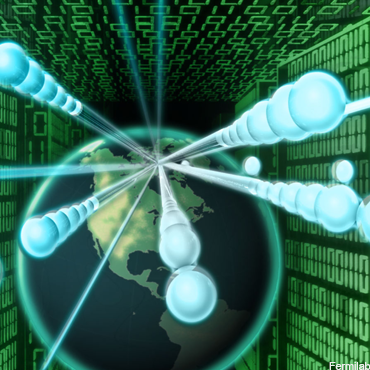DOE breaks ground for neutrino experiment

The Energy Department is collaborating with international experts to build an underground facility to study the elusive neutrino.

On July 21, Energy Department and international researchers were a mile under the South Dakota hills breaking ground on a facility that will house the largest experiment conducted in the U.S. to study mysterious subatomic particles called neutrinos.
A group of about 1,000 scientists and engineers from 30 countries will build and operate the Long-Baseline Neutrino Facility, which will house the Deep Underground Neutrino Experiment (DUNE).
“Unlocking the mysteries of these particles could help explain more about how the universe works and why matter exists at all,” according to a Fermi National Accelerator Laboratory announcement.
The project is similar to the Large Hadron Collider beneath the France/Switzerland border, which draws thousands of researchers from around the world to study nuclear particles, including neutrinos.
The mile-deep facility at the Sanford Underground Research Facility in South Dakota is only part of DUNE. A four-story-high, 70,000-ton detector will be built beneath the surface to catch the elusive neutrinos. When the facility is completed, which will take about 10 years, Fermilab will generate a beam of neutrinos at its location outside Chicago and send it 800 miles through the Earth in less than the blink of an eye to Sanford Lab, where researchers will analyze the changes the particles undergo in transit.
“Ever since their discovery 61 years ago, neutrinos have proven to be one of the most surprising subatomic particles, and the fact that they oscillate between three different states is one of their biggest surprises,” Fermilab officials said. “That discovery began with a solar neutrino experiment led by physicist Ray Davis in the 1960s, performed in the same underground mine that now will house LBNF/DUNE.”
NEXT STORY: The future of FOIA


